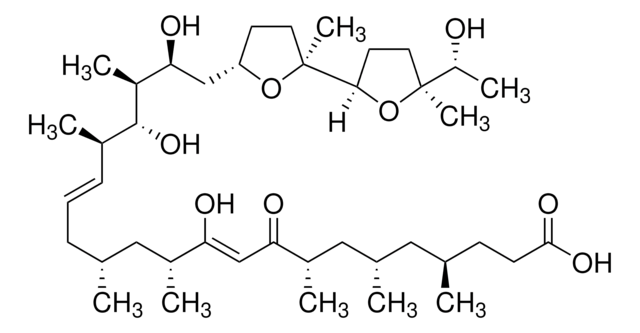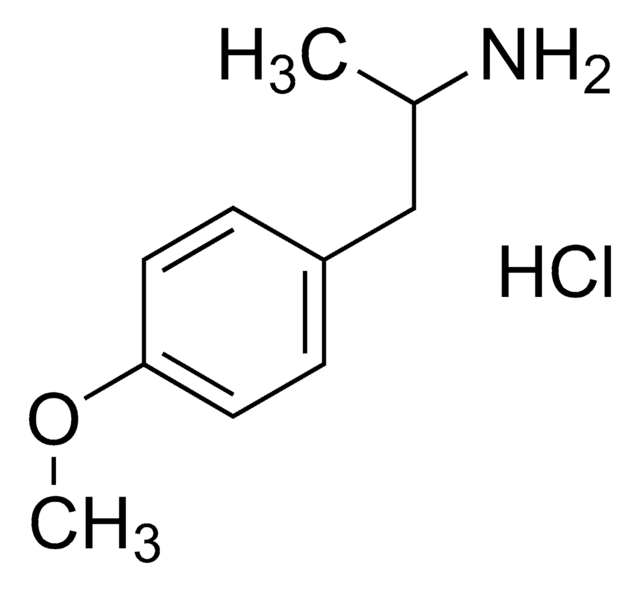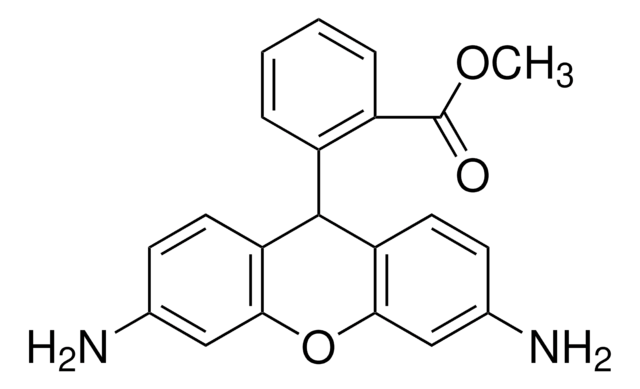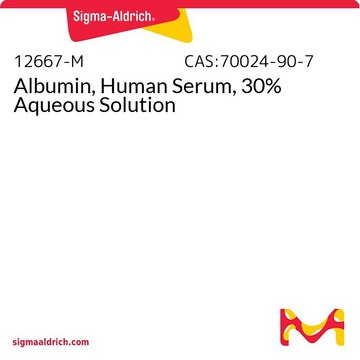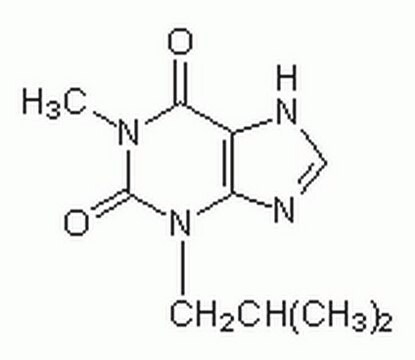5.00582
Phorbol-12-myristate-13-acetate
≥98% (HPLC), liquid, PKC activator, Calbiochem®
Sinónimos:
InSolution Phorbol-12-myristate-13-acetate, 12-O-Tetradecanoyl-phorbol-13-acetate, PMA, TPA
About This Item
Productos recomendados
Nombre del producto
Phorbol-12-myristate-13-acetate, InSolution, ≥98%, 10 mM in DMSO, extremely potent mouse skin tumor promoter
Nivel de calidad
Ensayo
≥98% (HPLC)
Formulario
liquid
fabricante / nombre comercial
Calbiochem®
condiciones de almacenamiento
OK to freeze
avoid repeated freeze/thaw cycles
desiccated (hygroscopic)
protect from light
temp. de almacenamiento
−70°C
InChI
1S/C36H56O8/c1-7-8-9-10-11-12-13-14-15-16-17-18-29(39)43-32-24(3)35(42)27(30-33(5,6)36(30,32)44-25(4)38)20-26(22-37)21-34(41)28(35)19-23(2)31(34)40/h19-20,24,27-28,30,32,37,41-42H,7-18,21-22H2,1-6H3/t24-,27+,28-,30-,32-,34-,35-,36-/m1/s1
Clave InChI
PHEDXBVPIONUQT-RGYGYFBISA-N
Descripción general
Acciones bioquímicas o fisiológicas
PKC
Ca2+-ATPase
Envase
Advertencia
Forma física
Reconstitución
Otras notas
Tepper, C.G., et al. 1995. Proc. Natl. Acad. Sci. USA92, 8443.
Oishi, K., and Yamaguchi, M. 1994. J. Cell. Biochem.55, 168.
Macfarlane, D.E., and O′Donnell, P.S. 1993. Leukemia7, 1846.
Ghandi, V.C. and Jones, D.J., 1992. Neuropharmacol.31, 1101.
Hortelano, S., et al. 1992. J. Biol. Chem.267, 24937.
Kontny, E., et al. 1992. Eur. J. Pharmacol.227, 333.
Zanaboni, P.B., et al. 1992. J. Appl. Physiol.73, 2011.
Saltis, J., et al. 1991. J. Biol. Chem.266, 261.
Beguinot, L., et al. 1985. Proc. Natl. Acad. Sci. USA82, 2774.
Perchellet, J. 1985. Carcinogenesis6, 567.
Nishizuka, Y. 1984. Science255, 1365.
Mastro, A. 1982. Lymphokines6, 263.
Información legal
Palabra de señalización
Danger
Frases de peligro
Clasificaciones de peligro
Acute Tox. 3 Dermal - Acute Tox. 3 Inhalation - Carc. 2 - Eye Irrit. 2 - Resp. Sens. 1 - Skin Irrit. 2 - Skin Sens. 1
Código de clase de almacenamiento
6.1C - Combustible, acute toxic Cat.3 / toxic compounds or compounds which causing chronic effects
Clase de riesgo para el agua (WGK)
WGK 2
Punto de inflamabilidad (°F)
188.6 °F - (Dimethylsulfoxide)
Punto de inflamabilidad (°C)
87 °C - (Dimethylsulfoxide)
Certificados de análisis (COA)
Busque Certificados de análisis (COA) introduciendo el número de lote del producto. Los números de lote se encuentran en la etiqueta del producto después de las palabras «Lot» o «Batch»
¿Ya tiene este producto?
Encuentre la documentación para los productos que ha comprado recientemente en la Biblioteca de documentos.
Los clientes también vieron
Nuestro equipo de científicos tiene experiencia en todas las áreas de investigación: Ciencias de la vida, Ciencia de los materiales, Síntesis química, Cromatografía, Analítica y muchas otras.
Póngase en contacto con el Servicio técnico



